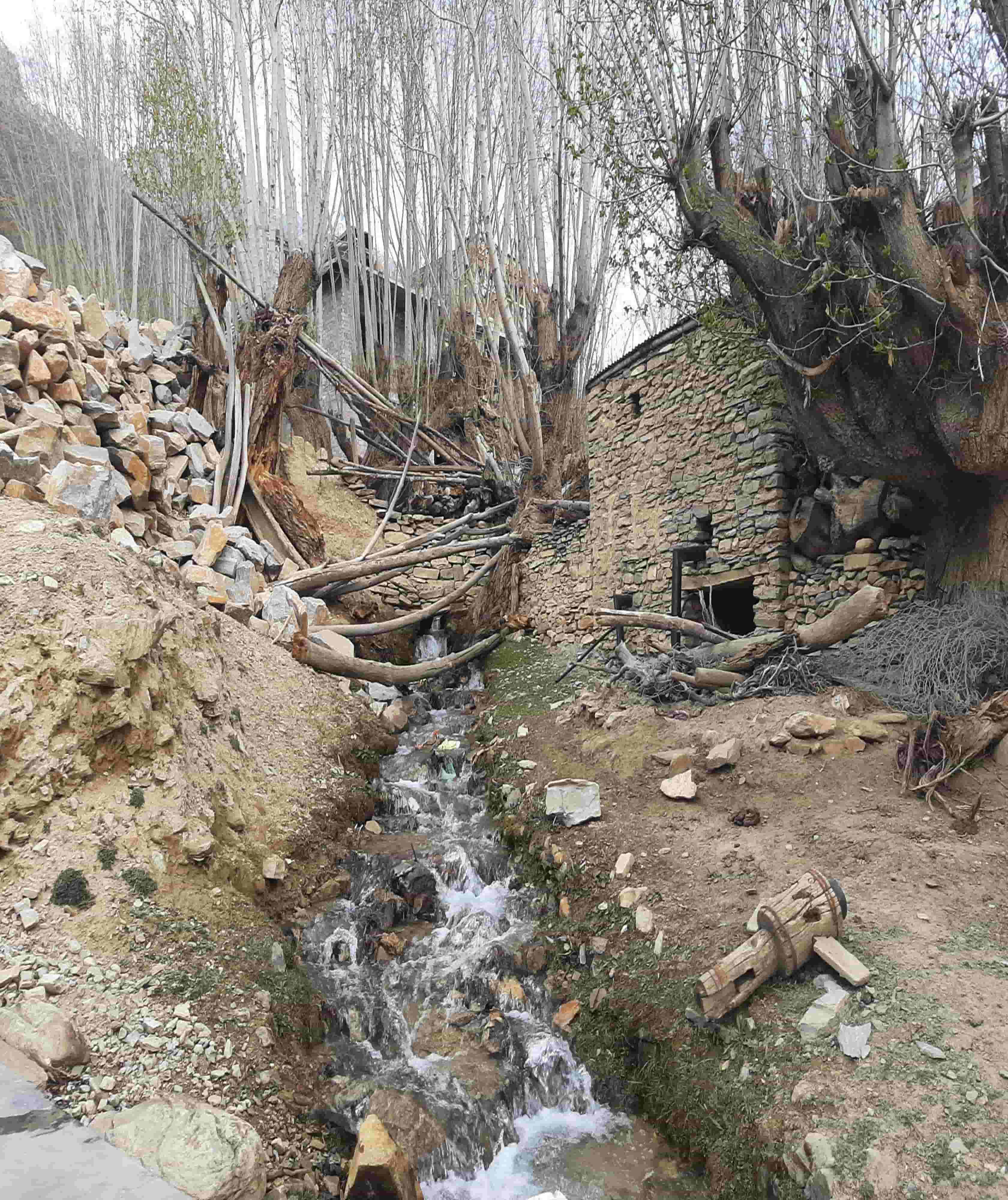Lately, there’s widespread focus on business incubation support in Nepal’s startup ecosystem. This trend involves startup networks, national and international development agencies, government bodies, industry associations and other stakeholders. These groups are collectively striving to cultivate entrepreneurial mindsets among young people through initiatives such as startup festivals, competitions, pitch sessions, seed funding opportunities and similar events.
However, there is a notable absence of academia in the startup ecosystem, especially in the business incubation support stage, which raises some important questions. Fostering critical thinking and innovation has traditionally been a core function of academia. Yet it seems to be struggling to take the lead in the incubation and ideation domain. This prompts reflection on whether the division of responsibilities within this ecosystem is being approached effectively.
Unintentionally, these practices can lead to blurred roles and responsibilities, creating confusion rather than leveraging individual areas of expertise effectively. Academia’s role should focus on helping students develop critical thinking skills, identify problems, and guide them toward the ideation stage. Once ideas are incubated, the industry, development agencies, and government bodies can step in to accelerate these concepts, each contributing their unique perspectives and resources.
Academia in Nepal often lacks a proactive stance towards incubation support programs — some might even label it “non-reactive”. Academic leadership often appears disconnected from Nepal’s startup ecosystem, yet boldly claims that their academic programs will shape the entrepreneurs of tomorrow. This disconnect highlights an urgent need for academic leadership to rethink and realign their approach to actively contribute to the startup ecosystem.
However, does this lack of unawareness and inactiveness justify academia relinquishing half of its responsibilities to other entities? In a landscape where NGOs, INGOs, and development agencies are leading research efforts and industry is taking charge of incubation support, one might wonder: where does this leave academia, and how can it reclaim its relevance in this evolving context?
Some academicians/industry believe there is a lack of clear distinction between incubation and acceleration, leading to confusion regarding the division of roles. They further suggest that academia should focus less on directly participating in the incubation stage and instead prioritise creating and disseminating knowledge. The primary reason all sectors are heavily engaged in the incubation stage is their desire to build their own pipelines of potential startups for future investment.
Accelerators and investors face challenges in finding viable startups to invest in, prompting them to intervene directly at the incubation stage. For example, academic institutions could conduct research to assess whether industry involvement in incubating startups contributes to scalability, evaluate existing policies and analyse their impacts on the startup ecosystem.
Other academics offer a contrasting perspective that the active involvement of non-academic actors in the incubation stage stems from a lack of trust in the quality of academia’s work and the students it produces. This trust gap reflects a significant disconnect between industry and academia, with industry stepping in due to concerns over the preparedness and capabilities of graduates.
A thriving entrepreneurial ecosystem, particularly for startups, can only emerge when all actors clearly understand their roles, adopt a collaborative mindset, and share resources with the collective goal of uplifting one another. Currently, in Nepal, it appears that everyone is vying for the same opportunities without realising that they are all competing for a single, finite pie rather than working together to expand it.
This raises a critical question regarding whether the enthusiastic yet uncoordinated scrambling of activities does in fact create genuine, meaningful, and long-lasting impact — or are these efforts merely excuses for allocating CSR budgets and also to safeguard established funding networks?
A leading example of academia and industry collaboration in this domain in our region is from IIT Madras, India. IIT Madras has successfully created a collaboration model between academia and industry through its Incubation Cell. This initiative effectively connects research, innovation, and entrepreneurship, fostering a sustainable startup ecosystem within South Asia. The model at IIT Madras promotes innovation through dedicated research labs, specialised entrepreneurial courses, and programs such as the Nirmaan Pre-incubation Program. This program helps students and researchers refine their ideas, develop prototypes, and prepare them for the market.
Building on the initial incubation support, the IIT Madras Incubation Cell partners with industry leaders to offer startups access to funding, mentorship, and state-of-the-art facilities. The cell supports ventures across various sectors, including clean energy, healthcare, and deep tech. As a result, over 240 startups have been nurtured and raised millions in funding. Success stories like Ather Energy (an electric scooter company) and Detect Technologies (industrial safety solutions) highlight the program’s impact. The ecosystem has generated thousands of jobs, contributing significantly to regional economic growth and social development.
As a way forward, academic institutions can collaborate with key actors in the startup ecosystem — such as accelerators, government agencies, and industry — to co-design a framework that ensures seamless collaboration and value transfer. For instance, academic institutions can play an active role in generating startup ideas, leveraging faculty expertise and internal resources to mentor and refine these concepts.
This approach will also help the industry save valuable time and resources during the incubation support stage. Once the ideas are pitched, accelerators/industry can further develop them using their specialised resources. If the ideas fail to meet real-world market standards, industry can step into the academic space to provide upskilling and capacity-building opportunities for academia while guiding students on how to advance.
Such collaborative framework not only fosters synergy among all stakeholders but advances the value exchange framework between industry and academia.
This article was originally published on the author’s medium account: @basnyatsunita24






